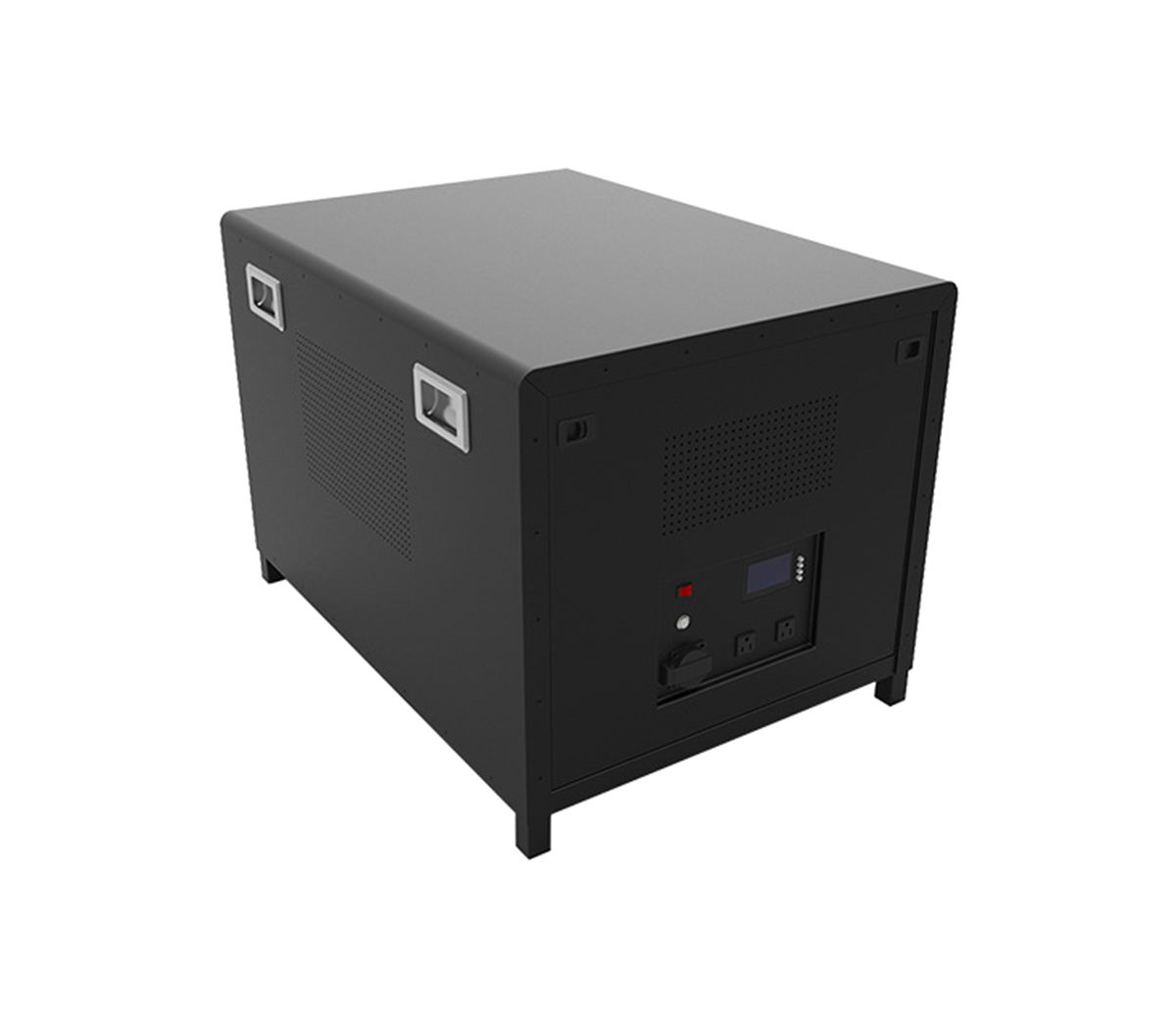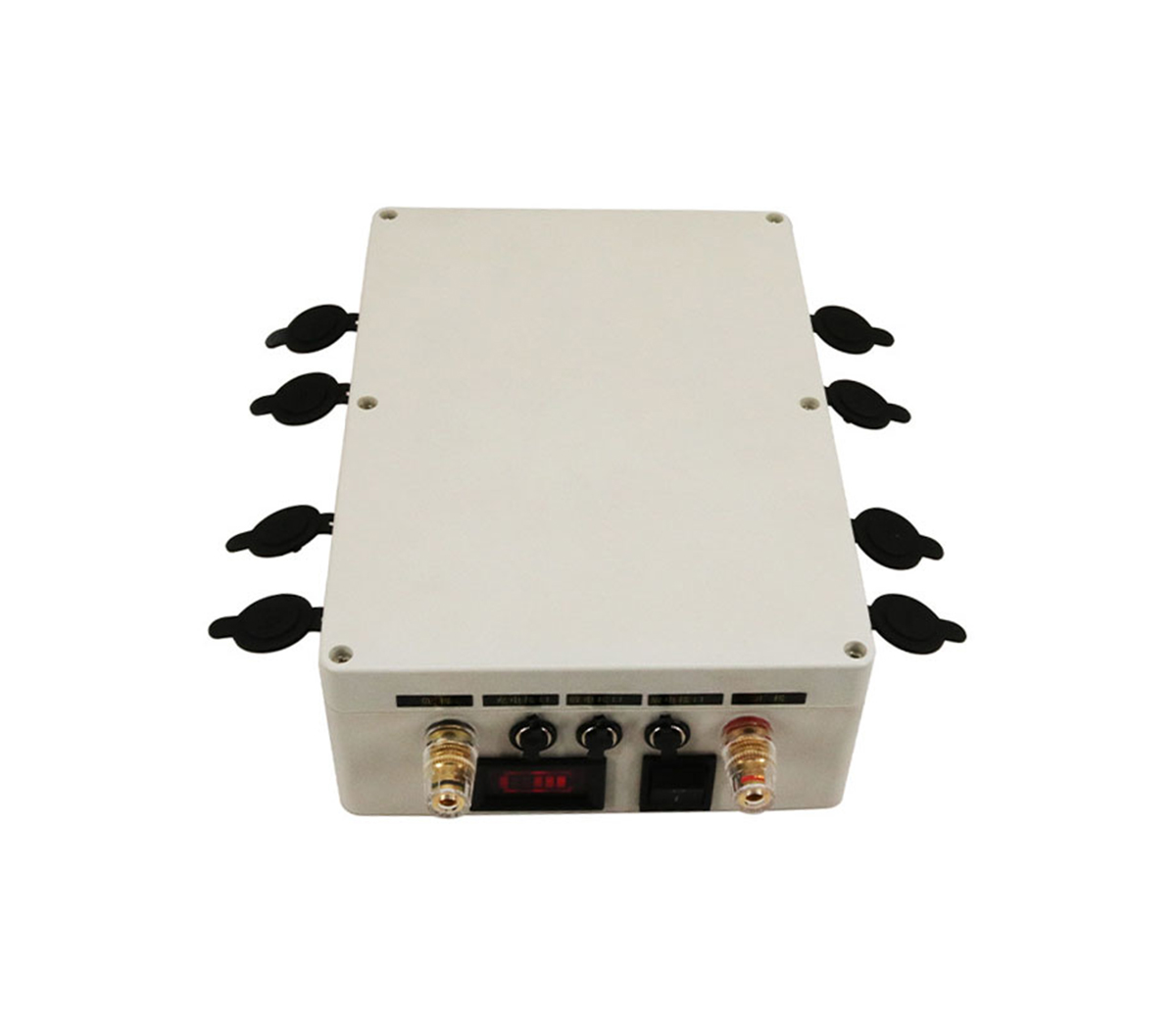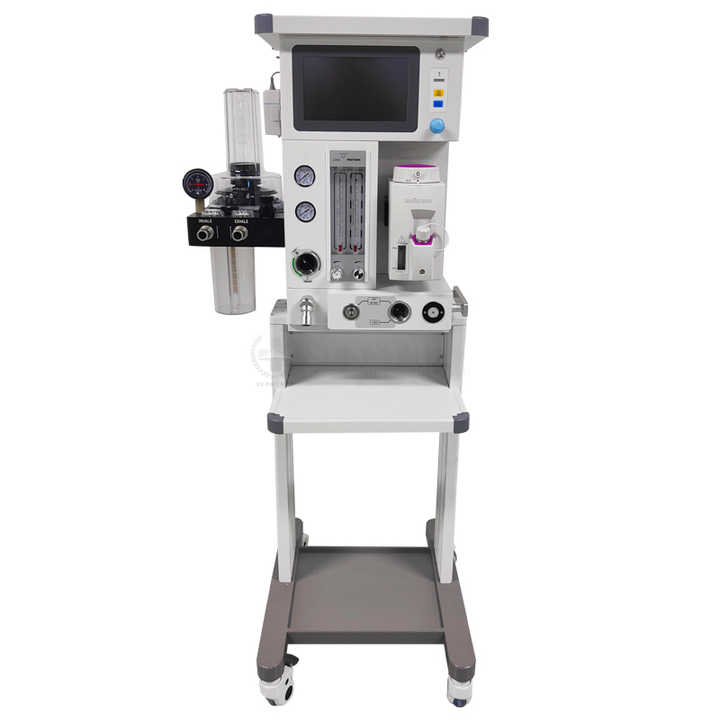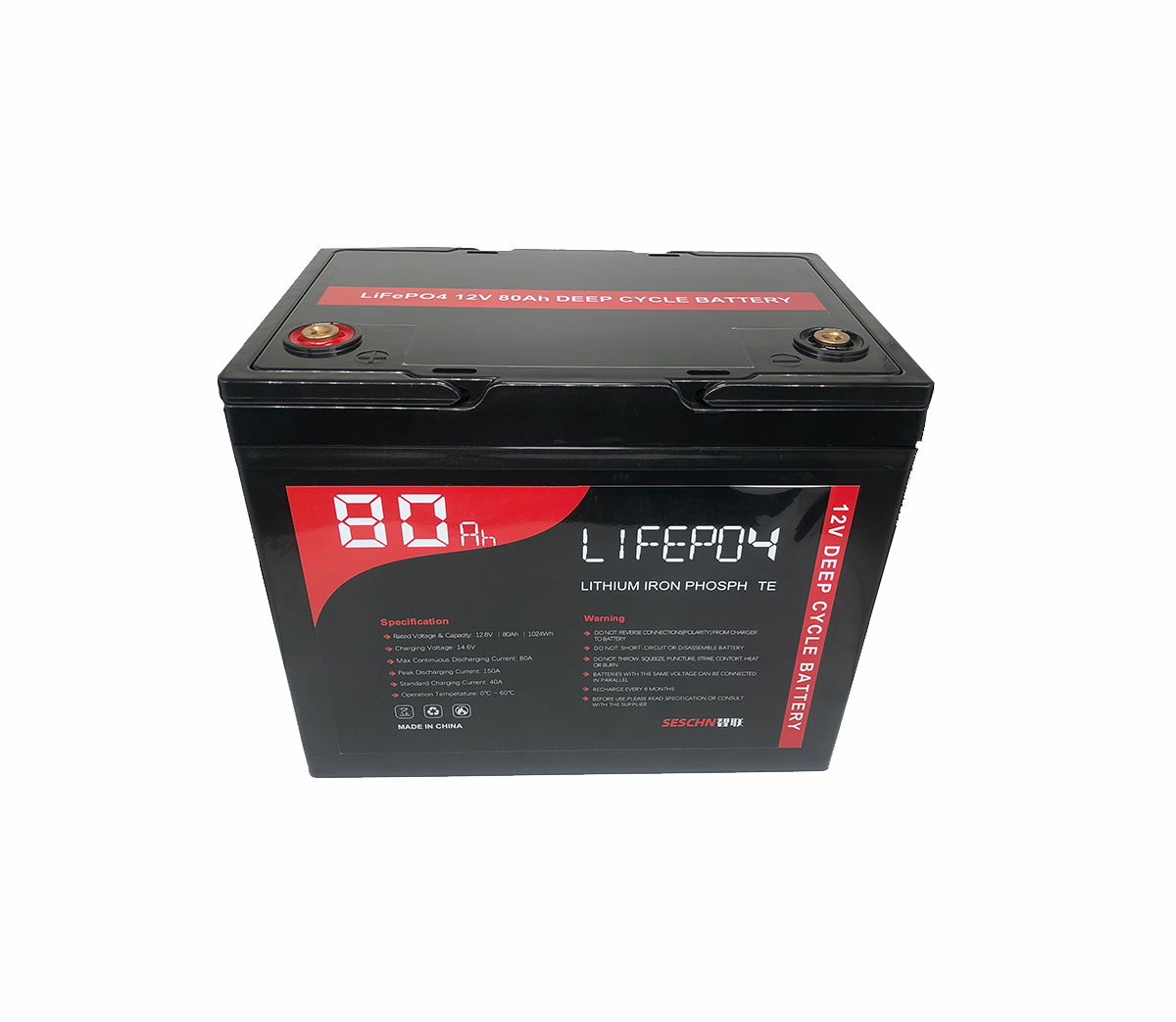
Since last year, the price of lithium-ion battery materials represented by lithium carbonate has continued to rise, which has intensified the game between the upstream and downstream of the lithium-ion battery industry chain.
Since then, the first-quarter report of listed companies whose main business is lithium-ion batteries shows that the gross profit margin in the first quarter is indeed a trough.
Since the second quarter, the upstream and downstream of the lithium-ion battery industry chain has completed a new round of competition, the price of upstream materials has been differentiated, the price of lithium carbonate has stabilized at a high level, and the overall cost of lithium-ion batteries has remained high, but the terminal demand is strong, showing strong cost resilience. The manufacturing process of lithium-ion batteries has also ushered in a respite, and the gross profit margin has gradually recovered.
As a member of the lithium-ion battery industry, SES Power has never seen such large fluctuations in its nearly 20 years of operation. Although we have a good reputation in the industry, we have inevitably suffered huge losses. shock. Fortunately, we were well prepared for this. In addition to the challenging technical design of SES Power's products, the extremely high cost performance is more attractive for the current economic environment. For example, lead-acid replacement products with Bluetooth or RS485 communication function (lithium iron phosphate battery 12V100Ah, 12V200Ah), high current (2000A) start-up lithium battery, UPS high voltage lithium battery system (up to 860V), 3Kw~20Kw off-grid, grid-connected, Island-type lithium battery energy storage system, home energy storage system 48V100Ah, 48V200Ah, stacked energy storage system (single is 51.2V100Ah, up to 15 stacks) and so on.
So how will the lithium-ion battery industry develop? We believe that in the near future, the friction between upstream and downstream will slow down, and the industry will enter a new state of balance. All links are trying to find their most suitable industrial voice and gross profit margin.
(1) The price of upstream materials is differentiated, and lithium carbonate has become the strongest fortress
After the rapid rise in the price of lithium carbonate at the end of last year, it has remained at a high level of around US$80,000/ton since the beginning of March, and the price of lithium iron phosphate cathode material has remained at a high level of around US$25,000/ton for more than 4 months.
The price of ternary cathode material (523) reached more than US$50,000/ton in mid-April, but with the decline in the prices of nickel, cobalt, manganese and other resources, it has now dropped to around US$45,000/ton, a drop of about 10%. But still well above the level of the same period last year.
Due to the release of production capacity and the sufficient supply of raw materials, the price of electrolyte has fallen sharply.
The prices of negative electrodes, separators and copper foils have remained stable since the beginning of this year after a slight increase last year. As the effective production capacity is released and the pressure is relieved, the price of negative electrode materials is expected to loosen. However, due to the production cycles of diaphragms and copper foils as long as 24 months and 36 months respectively, the supply will continue to be in short supply in the next 2-3 years.
The price adjustment caused by the partial production capacity imbalance in the lithium-ion battery industry will gradually be reflected. Ternary materials and electrolytes have already appeared first, and other materials will eventually tend to a reasonable price level. The length of adjustment depends on the adjustment of supply and demand.
In general, the current upstream materials have changed from overall tension to local tension, and there is differentiation, lithium carbonate and lithium iron phosphate remain high, ternary materials have declined, electrolyte prices have dropped significantly, negative electrodes and diaphragms have remained stable in the short term. Costs are still higher.
(2) Downstream demand is the support, and power and energy storage take turns
Although the lithium-ion battery industry has a lot of complaints about the price of upstream resources, this does not help the price to fall, and the global thirst for energy will cause the price to remain high for a long time. In fact, this proves from the other hand that the downstream price is more affordable.
Existence is reasonable, which is the same as photovoltaic silicon.
The downstream price affordability of lithium-ion batteries stems from the strong demand growth in recent years, and the power battery system and the energy storage battery system are rising alternately, which is equivalent to jointly undertaking the upstream cost pressure.
In terms of power batteries: in the first half of this year, the sales of new energy vehicles in China increased by 120% year-on-year, and the installed capacity of power batteries increased by 110% year-on-year.
In terms of energy storage batteries: in the first quarter of this year, China's photovoltaic installed capacity increased by 138% year-on-year, and the demand for energy storage facilities has increased significantly; the bidding price of energy storage systems mainly based on lithium iron phosphate batteries is also gradually rising; the global energy crisis is expected to increase. It is to stimulate the surge in demand for household energy storage, and the supply of products is in short supply.
In addition, different demand strengths are also an important reason for the differentiation of upstream materials. At present, ternary batteries are mainly used in mid-to-high-end passenger cars and some power tools, while lithium iron phosphate battery pools cover large-scale energy storage, home energy storage, construction machinery, two-wheelers and mid-to-low-end electric passenger vehicles. In particular, the energy storage market is large and the demand is growing rapidly, which also explains why the price performance of lithium iron phosphate is better than that of ternary batteries from the demand side.
SES Power has always emphasized an industrial logic: whether lithium-ion batteries or photovoltaics, the industry has passed the stage from 0 to 1 and entered the stage from 1 to N. The application scenarios have been greatly expanded, the demand has been continuously released, and some fields have even shown an explosive trend. .
Today, strong demand has become the key to supporting the development of the industry, and it is also the "culprit" that causes the "chaos" in the price of the industry chain.
(3) Competition in the lithium-ion battery segment and the return of gross profit margin to a benign
At present, the downstream demand and the desire to pay are strong, and the upstream resources are from overall tension to partial tension. For this reason, the bargaining power of the midstream lithium-ion battery manufacturing link has rebounded, and it is expected to gradually get out of the predicament of the low bargaining power in the first quarter.
To this end, the friction between the lithium-ion battery link and the upstream and downstream is also eased, and the interference from upstream resources is also weakening.
In fact, some lithium-ion battery companies are currently pegging the price of lithium carbonate when pricing with downstream customers, transferring key price disturbance factors to downstream customers.
In this context, the midstream lithium-ion battery manufacturing links continue to adjust their positioning, seek the best and reasonable gross profit margin range, and get rid of cost and market troubles. At present, it is difficult to have excess profits, and various lithium-ion battery companies can only seek reasonable gross profit margins that are in line with their own competitiveness.
Lithium-ion battery companies that have emerged from the industry chain game predicament have received a baptism. They will be stronger and can devote more energy to building their core competitiveness, including technological innovation, product iteration, and customer optimization. The influencing factors of interest rates will also return to the core competitiveness from simple and rough material cost factors.
Although it is difficult for lithium-ion battery companies to obtain excess profits as a whole, and the overall gross profit margin remains at a low but reasonable level, the leading lithium-ion battery companies can still enjoy relatively higher gross profit margins through stronger core competitiveness, or the periodical excess profits of technological innovation can be seen from the recent price increase strategy of some lithium-ion battery companies.
Fortunately, the rising trend of material costs has slowed down, and material costs have begun to differentiate. The gross profit margin of lithium-ion batteries is expected to get out of the constraints of material costs and return to core competitiveness such as technological innovation, product iteration and customer structure, thus forming a benign value orientation.
Today, the lithium-ion battery industry is entering a new state of development: strong downstream demand can properly digest and bear upstream costs, upstream materials dynamically harvest downstream depending on local supply and demand, and the overall gross profit margin of midstream lithium-ion battery pools tends to be low. At a reasonable level, the upstream and downstream games are gradually becoming benign.
SES Power is also based on the above cognition. While striving to build its own supply chain advantages, it increases investment in R&D (especially in intelligence), and strives to survive and grow in the tsunami of the lithium-ion industry.
Crisis is always accompanied by opportunity, if you are interested in moving forward with SES Power, you are welcome to contact us.



































